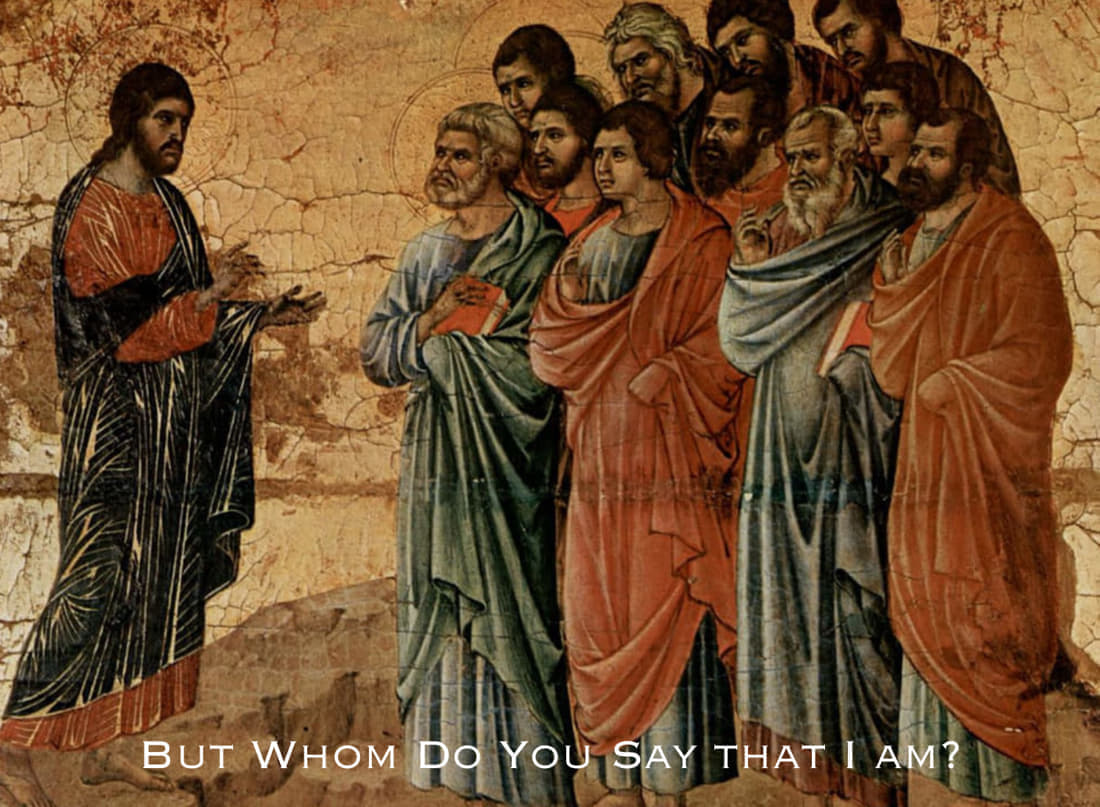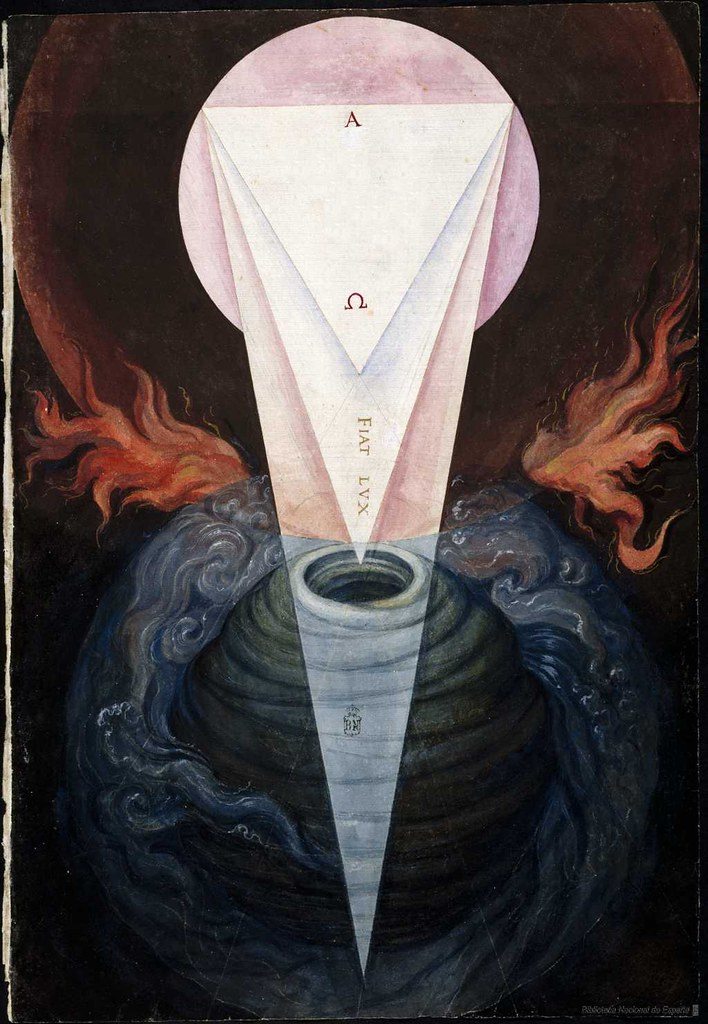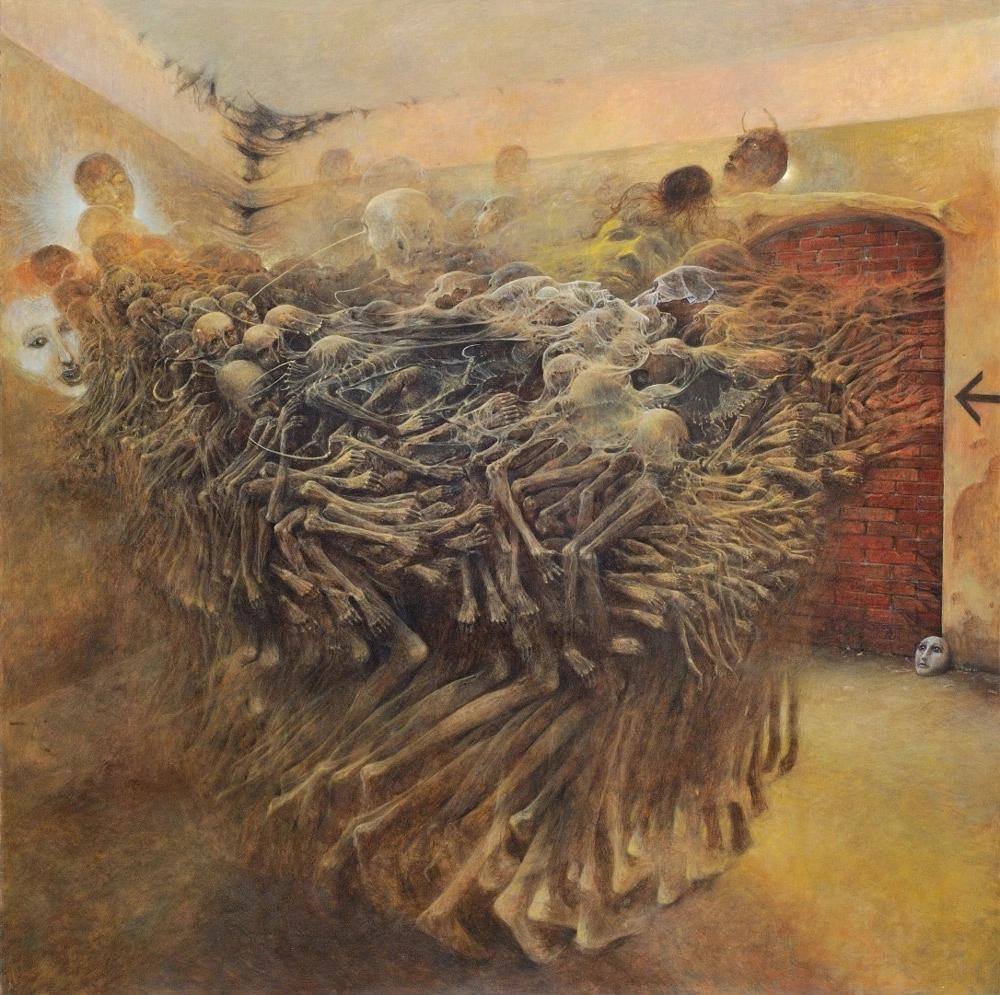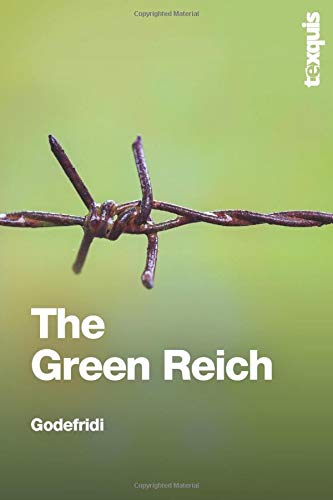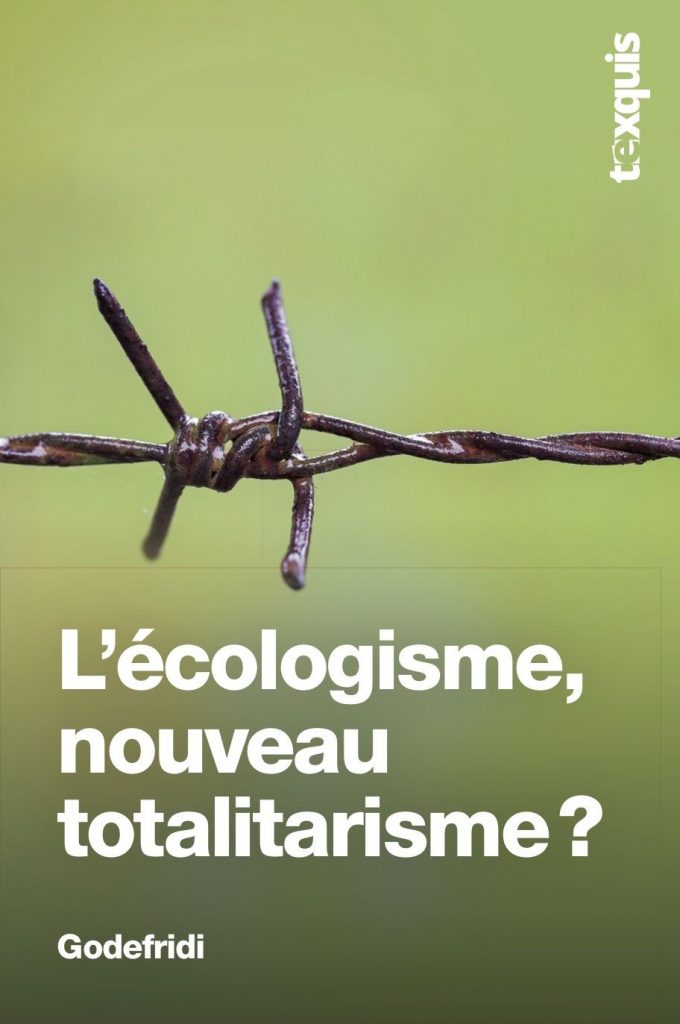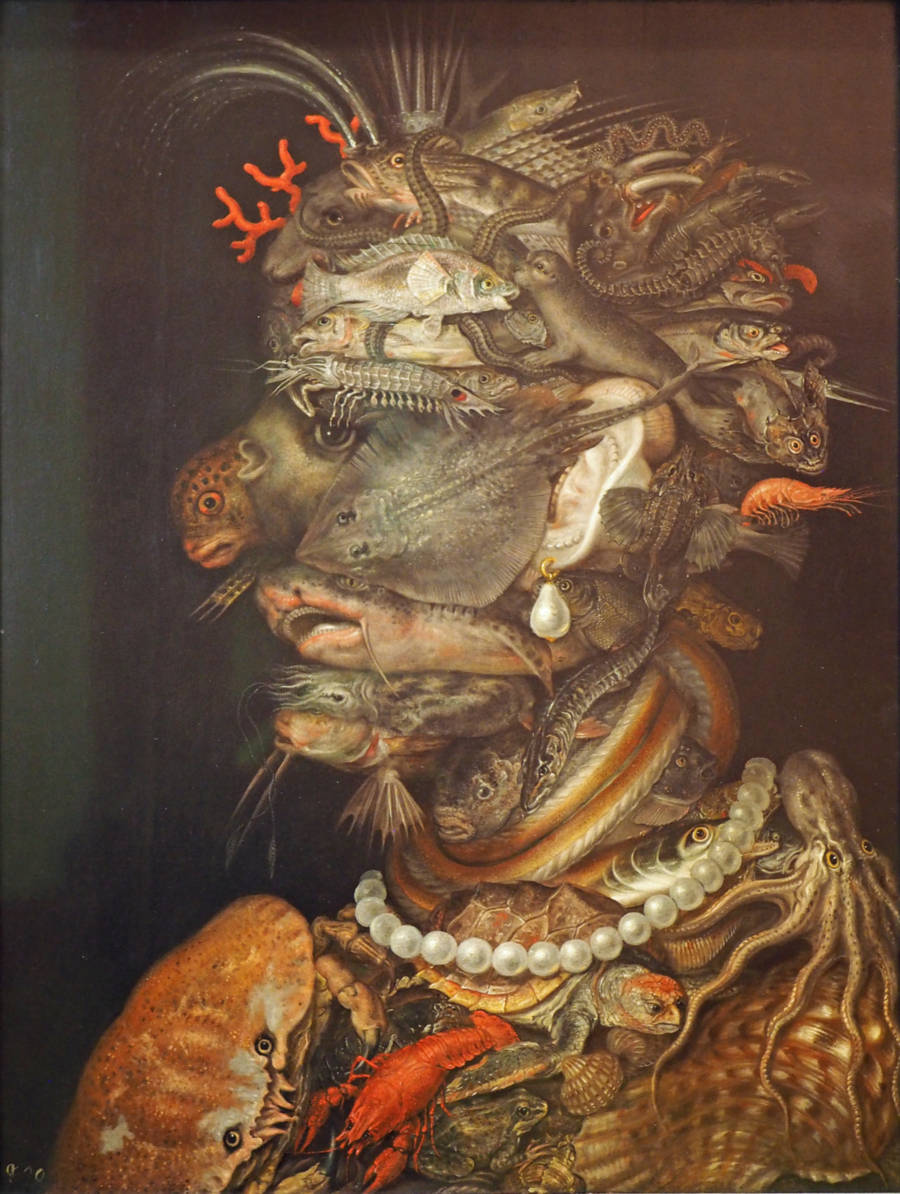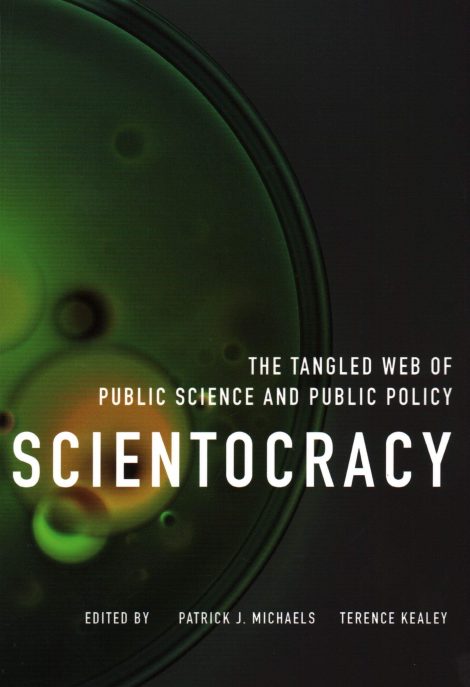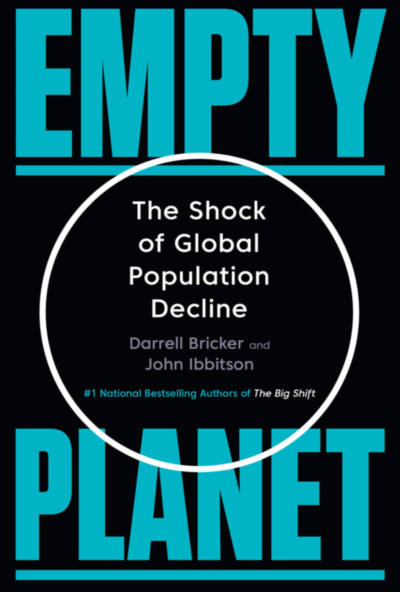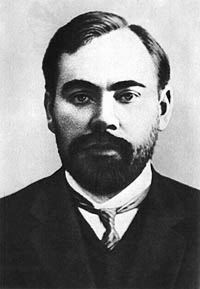Anybody who has been paying attention has long grasped the truth: under-population, not overpopulation, is our problem. This will soon be true on a global scale, it is already true in most of the developed world. Empty Planet explains why this is undeniably so.
Unfortunately, the explanation is shrouded in confusion and ideological distortion, so the authors are never able to provide a clear message. Instead, they offer rambling, contradictory bromides combined with dumb “solutions” until the reader throws his hands up in despair, as I did. But then I got a stiff drink, finished the book, and now am ready to tell you about it.
The authors, two Canadians, Darrell Bricker and John Ibbitson, offer an apparently complete story. Every part of the world is becoming more urbanized. Urbanization causes a drop in the fertility rate, for three reasons.
First, when off the farm, children are a cost center, rather than a profit center. Second, urbanized women choose to have fewer children. Third, urbanization means atomization of social life, such that the networks in which people were embedded, most of which exercised pressure to have children, disappear, and if replaced, are replaced by friends or co-workers who do not exercise the same pressure. “Family members encourage each other to have children, whereas non-kin don’t.”
These causes of population decline are exacerbated by two other factors not tied to urbanization—the worldwide decline of religious belief, and lower infant and child mortality, which means people don’t have children as insurance. And the end of the story is that when the fertility rate drops far enough, it is, in the modern world, permanent. It is the “fertility trap,” analogous to the well-known “Malthusian trap.”
Why do urbanized women choose to have fewer children (aside from the other two stated reasons, expense and less family pressure)? The authors cite the desire for a career; the desire for autonomy and empowerment; the desire to escape the control of men; and the desire for “crafting a personal narrative.”
All of these things the authors tie to “education,” or, in their unguarded moments and more accurately, “being socialized to have an education and a career.” That is, modernity leads to women choosing to have fewer children, often no children at all, and far fewer children than are necessary to replace the people we have now.
Why the fertility trap? It’s due to two totally separate causes. One is mechanical—if a society has fewer children, obviously there will then be fewer women to bear new children. But the other is social. When there are fewer children, “Employment patterns change, childcare and schools are reduced, and there is a shift from a family/child oriented society to an individualistic society, with children part of individual fulfilment and well-being.”
In other words, it’s not a trap, it’s a societal choice. Interestingly, according to the authors, drops in the fertility rate, and therefore the fertility trap, are not the result of legalized abortion and easy contraception, as can be seen from examples of fertility problems prior to the 1960s.
For example, the birth rate was briefly at less than replacement in much of the West prior to World War II, when contraception was much less common, and abortion very much rarer (it is a total myth that illegal abortion was widespread prior to the modern era, at least in the West).
But abortion and contraception certainly contribute to the fertility trap. That is, it is societal factors that cause the fertility rate to drop, but all else being equal, the easier it is to prevent (or kill) children, the harder it is to climb back up. In any case, the result is the same—fewer people, getting fewer.
Empty Planet then sequentially examines Europe, Asia, Africa, and South America. There is a great deal of annoying repetition. Nonetheless, there is also much interesting data, all in support of the basic point—population everywhere is going to go down, soon and fast. True, the United Nations predicts that global population will top out at eleven billion around 2100, and then decline.
The authors instead think, and make a compelling case that, the United Nations overstates fertility in the twenty-first century. The authors say, and do a good job demonstrating why, population will top out at nine billion by around 2050 (it is seven billion now) and then decline. Some declines will be precipitous and startling—China, currently at 1.4 billion but deep into the fertility trap, will have 560 million people by the end of the century.
Strangely, the authors do not calculate global population estimates around, say, 2150, but eyeballing the numbers, it appears they will be around two or three billion, maybe less—and heading downward, fast.
Bricker and Ibbitson are not kind to overpopulation doomsayers. They note how completely wrong those of the 1960s and 1970s, such as the infamous Paul Ehrlich, have been proven. (Charles Mann does it better in his excellent The Wizard and the Prophet).
Bizarrely, Ehrlich is unrepentant, to a degree that suggests he is unhinged; the authors quote him as saying in 2015, without any reasoning, “My language would be even more apocalyptic today,” and analogizing children to garbage.
They don’t believe modern doomsayers are any more correct. Most just have no factual basis for their claims, which are basically just anti-human claims of a religious nature, and the authors even dare to note the obvious fact that the United Nations, a device primarily used to extract money from the successful economies of the world and give it to the unsuccessful, has a vested interest in exaggerating the problems of the backward parts of the world.
So what problems result from an aging and then declining global population? Economic stagnation is what the authors focus on. This is driven by less consumer demand, but also, less visibly but more importantly, by less dynamism.
Old people are takers, not makers. Moreover, they don’t do anything useful for driving society forward, let’s be frank. Not that the authors are frank; they skip by the dynamism problem without much comment, though at least they acknowledge it. But the reality is that for human flourishing, the dynamism of the young is everything, and far more important than consumer demand.
One just has to think of any positive accomplishment that has changed the world, in science, art, exploration, or anything else. In excess of ninety percent of such accomplishments have been made by people under thirty-five. (Actually, by men under thirty-five, for reasons which are probably mostly biological, but that is another discussion).
The simple reality is that it is the young who accomplish and the old who do not. And when you have no young people, you have no accomplishments. Our future, on the current arc, is being the Eloi; hopefully there will be no Morlocks.
Governments from Germany to Iran recognize this problem. The authors give numerous examples, all failures, of trying to resolve the problem by, in effect, begging and paying women to have children. Even here, the authors feel obliged to tell us “The idea of governments telling women they should have more babies for the sake of the nation seems to us repugnant.”
We are not told why that should be so, probably because it is obviously false, but regardless, it is clear that a modern government merely instructing or propagandizing women isn’t going to do the trick.
What is the authors’ solution, then? They don’t have one. Well, they have a short-term one, or claim to. Much of the back half of the book is taken up with endless variations on demanding that the West admit massive amounts of Third World immigrants.
The claimed reason for this is necessity—without immigration, Europe and North America will not have enough taxpayers to support the old in the style they desire. They realize the disaster that’s befallen Europe by admitting alien immigrants with nothing but their two hands. (They claim to reject the Swedish “humanitarian” model. But all their soaring language of untethered and unexplained moral duty implicitly endorses the humanitarian model).
Instead, they recommend the Canadian system to America, where only the cream of the crop, educated and with job skills, is admitted—but we must, must, must immediately admit no fewer than 3.5 million such immigrants every year.
And, of course, they fail to point out that the cream of the crop is by definition a tiny percentage of the overall amount of immigrants, so how exactly we are going to welcome only these worthwhile immigrants is not clear, especially if other countries are competing for them.
Nor do the authors point out that at best, this is a short-term solution—if every country in the world will soon have a less-than-replacement birth rate, emigration will soon enough become rare, so no amount of competition will attract enough people.
Therefore, their “solution” is no solution at all, and beyond this, Brickell and Ibbitson have nothing to offer, except muttering about how it’ll be nice to have a cleaner planet when there are no people to enjoy the clean planet.
I note that the authors do not tell us how many children they have, which seems highly relevant. If you are going to be a prophet, best inspect your own house, or acknowledge that others will find it relevant. If you dig, Bricker has one child, a daughter. Ibbitson appears to have no children. I cannot say why, of course, and it would be unfair to assume a selfish choice.
But whatever the reason, it is undeniably true that as a result they have less investment in the future than people with children. (Since you ask, I have five children. I am part of the solution, not part of the problem.) Maybe this is why finding a solution isn’t very important to them.
The book has many annoying inaccuracies that seem to be endemic among this type of popular writing, where editors appear to be permanently out to lunch.
It is not true that the nursery rhyme “Ring Around the Rosie” refers to the Black Death. The authors offer a half-page so parsing the rhyme, but that’s an urban legend—the rhyme first appeared around 1800. (Even Snopes, the left-wing political hack site notorious for lying propaganda, is correct on this, probably because there is no political element).
The word “dowry” only refers to payments made to the groom’s family; similar payments made to the bride’s family are “bride price.” The G.I. Bill did not create the American interstate highway system. The term is “cleft palate,” not “cleft palette.”
India’s economic stagnation for decades after independence was not due to “protective tariffs;” it was, as everybody who is not a Marxist admits, due to socialism, exacerbated by refusal of outside capital, along with the Permit Raj. (Tariffs make perfect sense for many developing countries that rely on import substitution to grow their economies; both the Britain and the United States used them extremely successfully.)
The fifteenth-century Portuguese caravel was not based on Muslim technology. The wave of migrants into Europe that peaked (maybe) around 2016 was economic, not because of war, and not a single person in Europe believes what the authors repeatedly claim, that most of those people will return to their countries of origin soon. Or ever.
Sloppiness of this type makes the reader wonder about the other, more critical, factual claims in the book.
So that’s Empty Planet. All of it could have been said in twenty or thirty pages. On the surface it’s a pat story, though one without a happy ending. That’s not for the authors’ lack of trying to be happy. Normative judgments abound, all of them oddly in tension with the gloomy top-level attitude of the book toward the problem of under-population.
Thus, the authors assume that large populations are necessarily terrible for anyone who lives there; adjectives such as “miserable” abound for any people born in a high birth-rate country. Not for them any acknowledgement of Angus Deaton’s point in The Great Escape that people in poor countries are generally very happy.
All population control is referred to with adjectives such as “beneficent.” We are didactically instructed that “Sex education and birth control [are] good things in and of themselves.” And in what may be the single most clueless paragraph in a book chock full of them, the authors offer this:
“Small families are, in all sorts of ways, wonderful things. Parents can devote more time and resources to raising—indeed, cossetting—the child. Children are likely to be raised with the positive role models of a working father and working mother. Such families reflect a society in which women stand equally, or at least near equally, with men in the home and the workplace. Women workers also help to mitigate the labor shortages produced by smaller workforces that result from too few babies. It isn’t going too far to say that small families are synonymous with enlightened, advanced societies.”
Given that the entire point of the book is that small families are a disaster for humanity, even though they try to deflect this obvious conclusion by unpersuasive and unsupported claims such as, “Population decline isn’t a good or a bad thing,” this type of thing suggests, to be charitable, cognitive dissonance.
Not to mention that cosseting children is not a good goal, although it’s not surprising that two people with one child between them think so, and that sending more women to work outside the home when sending women to such work is part of the problem seems, um, counter-intuitive. But as we will see, this paragraph gives us a clue to what is really driving human population collapse.
Let’s try to figure out what’s really going on, because despite seeming to be so, the authors’ story is not complete. If you look at the story from another angle, not the one of received wisdom, strange unexplained lacunae appear within the text.
The fertility rate in the United States and Britain begin to drop in the early 1800s, but only at the end of the 1800s on the Continent, even though urbanization came sooner in the latter, and the United States was almost all agricultural in the early 1800s. “In France, oddly, fertility declines were already underway by the late 1700s. No one is sure why. . . .” “Fertility rates appear to have increased in France and Belgium during the Second World War, even though both countries were under German occupation or control and supplies such as food and coal were increasingly scarce.”
Some countries that are largely poor, uneducated, and not urbanized (Brazil, Mexico, Uruguay) have extremely low fertility rates, while other, very similar-seeming countries still have high rates (Paraguay, Honduras, Guatemala). Uneducated Brazilian favela dwellers, normally the type of people who have lots of children, have experienced a big drop in fertility.
And on, and on, strange tidbits that jut out from the authors’ narrative, not fitting into the just-so story of urbanization followed by an inevitable and necessary choice to stop having children.
What could explain all these facts? The authors certainly don’t know. But I do. What brings together all these seeming outrider facts, and in the darkness binds them, is the inevitable human tendency toward selfish self-interest. Once this was universally recognized as vice, but it has always been recognized as a large part of what drives human beings unless we struggle against it.
The creation of virtue, through self-discipline, self-control, and, in Christian thinking, caring for others at our own expense, aiming at true freedom and the common good, was once the ideal.
Virtue helped control our baser impulses, and was the goal toward which a good and well-formed person was expected to strive and to lead others. It was, and is, the opposite of “living as one likes,” of the quest for supposed emancipation.
Having children is among the least selfish and most self-sacrificing things a woman, and to a lesser extent a man, can do; thus, when being selfish and self-centered both become exalted, we have fewer children. It is not a mystery.
How did we get here? As the result of two late-eighteenth-century developments.
The first, the fruit of the Scientific Revolution and the Industrial Revolution, is wealth. I have pondered whether a rich society can ever stay a virtuous society, and population decline is merely a subset of this question.
The second, the fruit of the Enlightenment (which had nothing to do with the Scientific Revolution or the Industrial Revolution), is the exaltation of individual autonomy, of self-actualization as the goal of human existence.
The problem with urbanization and its impact on birth rates, especially in the West, is not something inherent to urbanization, but that city dwellers are more wealthy (or at least exposed to wealth) and have, in practice, fallen prey more easily to Enlightenment ideas.
Either of these anti-virtue developments can crash fertility by itself. Combined, they are lethal to human progress. For example, a rich society, such as Venice in the 1600s, can never undergo the Enlightenment, but wealth alone will lead to depopulation, as virtue fades and pursuit of self becomes exalted.
And a poor and not urbanized society, such as late 1700s France or early 1800s America, can experience an ideological erosion of virtue solely through embracing Enlightenment principles. Or, to take a more modern example, the South American countries with high rates of fertility are those that are still strongly Christian, and hew to the Christian virtues.
The authors themselves note this correlation, but gloss over the implications. Similarly, poor Brazilians are not converted to the gospel of self directly by Rousseau and Locke, or by wealth, both of which they totally lack, but indirectly by both—by obsessive watching of telenovelas, the plots of which, as the authors note, “involve smaller families, empowered women, rampant consumerism, and complicated romantic and family relationships.”
For a final set of proofs, it is obvious from Empty Planet’s own statistics, though apparently not obvious to the authors themselves, that as the material blessings of the West finally spread around the world, fertility rates drop in tandem with adoption of the West’s techniques for acquiring wealth, further exacerbated when countries adopt Enlightenment values.
And to the extent the country’s elite push back against Enlightenment values, such as in Hungary and Russia, some progress can be made in increasing birth rates. Similarly, when a country’s people experiences shared challenges, social pressure against atomized Enlightenment individual autonomy can increase greatly, resulting in more children.
Such was apparently the case in wartime Belgium and France. It is also why Jews in Israel, alone among advanced economies, have a birthrate far in excess of replacement, even if you exclude the Orthodox. They value something beyond their own immediate, short-term desires, which counterbalances the natural human tendency towards vice.
We can now explain what the authors could not. The real, core reason for population decline is that children reduce autonomy and limit the worship of self. Children reduce autonomy even more for women than men, as a biological reality, so as women are culturally indoctrinated that they must have autonomy, they choose to have fewer children. (Men also want more autonomy, of course; that is why men support legal abortion more than women).
True, women don’t really get freedom as a result; for the most part, they get the opportunity to join the rat race for more consumer goods, and as is easy to demonstrate, they are no happier as a result. Probably most are far less happy, and very often, if not nearly always, regret having not had children, or more children.
Modern societal structures make this worse. To take a bitter, if funny, example, eating dinner with a group of young couples in Brussels, who between the twelve of them have two children, the authors note, “Most of the men are students or artists, while the women work and pay the rent.”
When men won’t fulfill their proper role as breadwinner and protector, it’s no wonder that women find bearing and raising children less attractive, totally aside from their own personal desire for autonomy.
And, finally, back to consumerism, the belief among both men and women that both they and their children must have the latest and mostest consumer goods, and that if something has to give to make that possible, it should be bearing children, is yet another manifestation of the cult of self.
The problem of declining population is fatal for any progress for the human race, so, naturally, given my desire to organically remake human society to flourish, expand, and accomplish, it’s necessary to solve this problem. (Not just for me, of course—any political program must deal with the underpopulation bomb).
I don’t think this is a narrowly resolvable problem—that is, there is no technical solution that does not also involve remolding human society, or at least some human societies. Certainly certain structural measures can and should immediately be taken in any well-run society.
Economic incentives are part of it, including cash payments to mothers of children, increasing by number of children, and increasing to the extent they stay home to take care of the children. Societies where women are expected to both do all the work of raising children, but are also required to earn money, notably Japan, Korea, and Italy, have among the lowest birth rates. Cash isn’t an adequate substitute for family frameworks, but it can help at the margin. Perhaps more, if enough cash is devoted to it.
Hungary, for example, yesterday announced a massive package of such incentives, including that women who have borne and raised four or more children are permanently exempt from all income tax. There should also be an enforced absolute ban on abortion in all circumstances, as well as on no-fault divorce (and the party at fault in a divorce should face severe financial penalties).
Other structural incentives for women to bear and raise children should similarly be put into place. Those are not only cash-based—for example, the Hungarian initiative also raises the social credit, as it were, of child-bearing and child-rearing. A woman who is called “breeder” by her friends when she says she wants a second or third child is less likely to do so than one who knows she will instead be admired and envied by both friends and strangers.
But all technical structural measures are completely inadequate without genuine societal change. You have to create a feedback loop. That’s how we got here, after all—more atomization leads to more atomization. Under the right circumstances, more virtue can lead to more virtue. It seems to me that the only hope for this is a societal rework, which, not coincidentally, is precisely what I am pushing.
The problem is that my end-state doesn’t comport with inherently selfish human desires. Thus, a feedback loop is harder to create and maintain. It probably requires some external goal for a society, combined with an outward-looking optimism that cannot be artificially created or maintained, but must be a groundswell within society, beginning with a virtuous and self-sacrificing ruling class (no points for guessing if that’s what we have now).
I suspect the only way forward is to provide such as societal goal that supersedes selfishness, while permanently ending the failed Enlightenment experiment on every level, and creating a new program that, in many ways, resembles earlier Western structures.
Even so, I am not certain it is possible to create an advanced, wealthy, urban society, not dedicated to extreme personal autonomy, with a high birth rate. But let’s say it is, and we can get there, and global population continues to expand, or rebounds, to more than current projections.
Considerable increases in current human population, maybe to fifteen or twenty billion, probably would be good for humanity overall. True, large populations can be challenging, and can, in certain circumstances, result in massive problems. Some of those circumstances are physical—it would be very difficult to have 100 million people live within 50 miles of the Arctic Circle.
But most of those circumstances are culture—when you have an inferior culture, it makes it much harder to provide for everyone. The converse, though, is that if you change your culture, your opportunities expand. (Nor should we forget that England created the modern world when her population, at the time of Malthus, was nine million in a world population of a billion, so small numbers can do great things, and culture is everything).
I am a big believer in, to use Charles Mann’s words, the ability of Wizardry to provide solutions to challenges such as increasing population. If that is true, an increasing population with many young people is a dynamic population, and as long as global culture is not deficient, but rather contains much excellence, then having not an empty planet, but a filled planet, is highly desirable.
Therefore, I am not as pessimistic as Bricker and Ibbitson. But we will all be long dead before we find out who is right, so all we can do is try to lay the groundwork for our children, and their children—and to make sure all those people exist.
Charles is a business owner and operator, in manufacturing, and a recovering big firm M&A lawyer. He runs the blog, The Worthy House.
The photo shows, “The School Walk,” by Albert Anker, painted in 1872.

